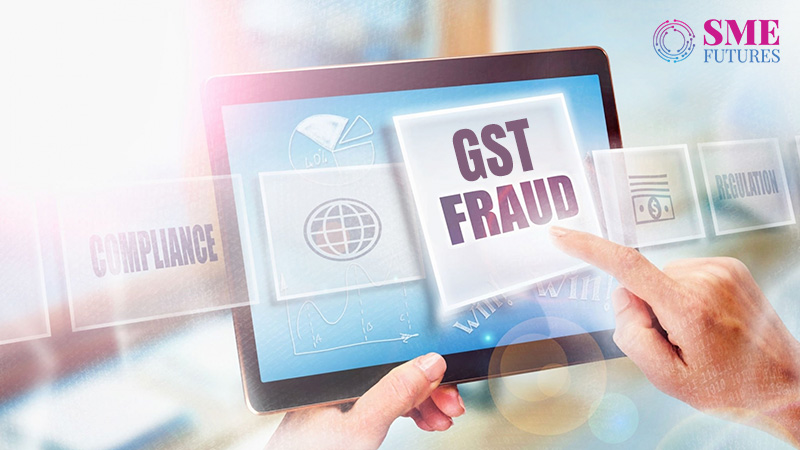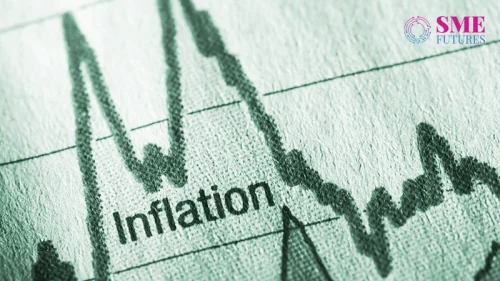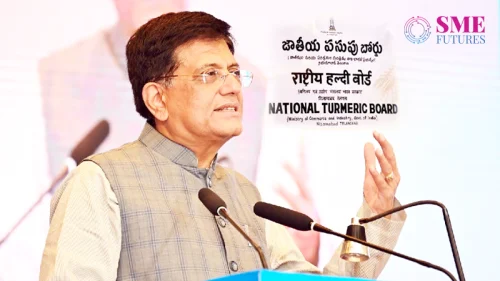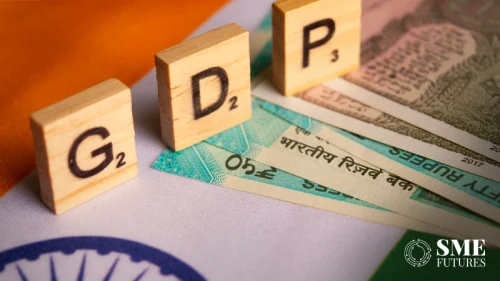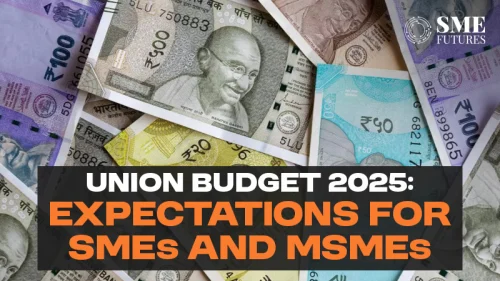There has been a rise of 23.5 per cent in cases of GST detection between 2020-21 and 2022-23, while in terms of detection of GST evaded, there is a huge 166 per cent rise during the same period.
As per Finance Ministry data, in 2020-21, as many as 12,596 cases of GST evasion were detected, while in 2022-23, the cases rose by 23.5 per cent to 15,562.
Also, in 2020-21, Rs 49,384 crore worth of GST evasion was detected, which rose by a humungous 166 per cent to Rs 1,31,613 crore in 2022-23.
In terms of recovery of GST evasion, an amount of Rs 12,235 crore was recovered from the total of 12,596 cases detected in 2020-21. Whereas in 2022-23, Rs 33,226 crore were recovered in terms of GST evaded from 15,562 cases detected, the data stated, a rise of 171 per cent in two years.
In order to detect cases of GST evasion, the government has begun taking help of technological advancements. It is now using robust data analytics and artificial intelligence to identify and track risky taxpayers and detect tax evasion, official sources said.
Government also carried out a special all India drive to weed out fake or bogus registrations from May 16 to July 15. It also amended the Central GST rules to provide for biometric-based Aadhaar authentication of registration applicants who appear to be risky, based on data analytics.
The amendments also were also made to allow physical verification in high-risk cases, even when Aadhaar has been authenticated.
Also, the GST Council, in its 50th meeting held earlier this month, had suggested further amending rule 10A to provide that the details of bank account will be required to be furnished within 30 days of grant of registration or before filing of GSTR-1, whichever is earlier.
Restrictions were also put on availing of input tax credit ITC to invoices and debit notes furnished by the supplier in their statement of outward supplies, while sharing of data with partner law enforcement agencies for more targetted interventions was also facilitated.

